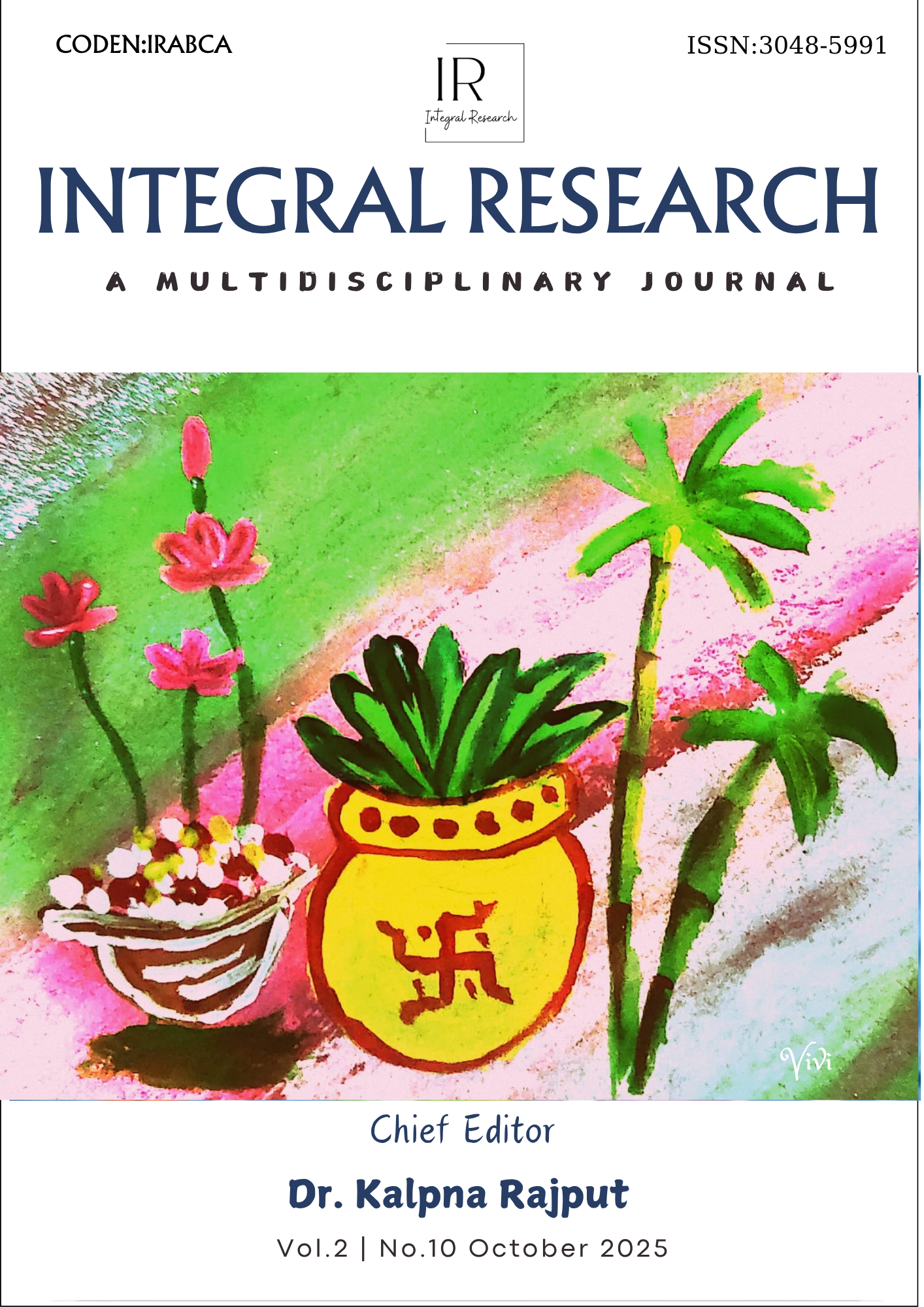Art Education of India – An Overview
Main Article Content
Abstract
History, culture and institutions have contributed to the transformation of art education in India. It began in art education in British colonial schools where it imitated models of the British industry, rather than fostering creativity. Teachers and students, such as Abanindranath Tagore and E.B. Havell, agitated to revive local traditions, and to make art directly related to identity, which gave rise to such stuff as the Bengal School. Despite the growth of such institutions as Santiniketan or the Lalit Kala Akademi, Indian art schools continue to be stagnant, with either outdated curricula or a single-minded concern with either traditional or new. We should know how to strike the balance between technical skills, freedom to explore and cultural roots. Given that globalization and digital technology transform the ways art appears and sells, Indian art is torn between its tradition and modernity, and it is an authenticity that we need the drastic changes and a new approach.
Downloads
Article Details
Section

This work is licensed under a Creative Commons Attribution-NonCommercial 4.0 International License.

